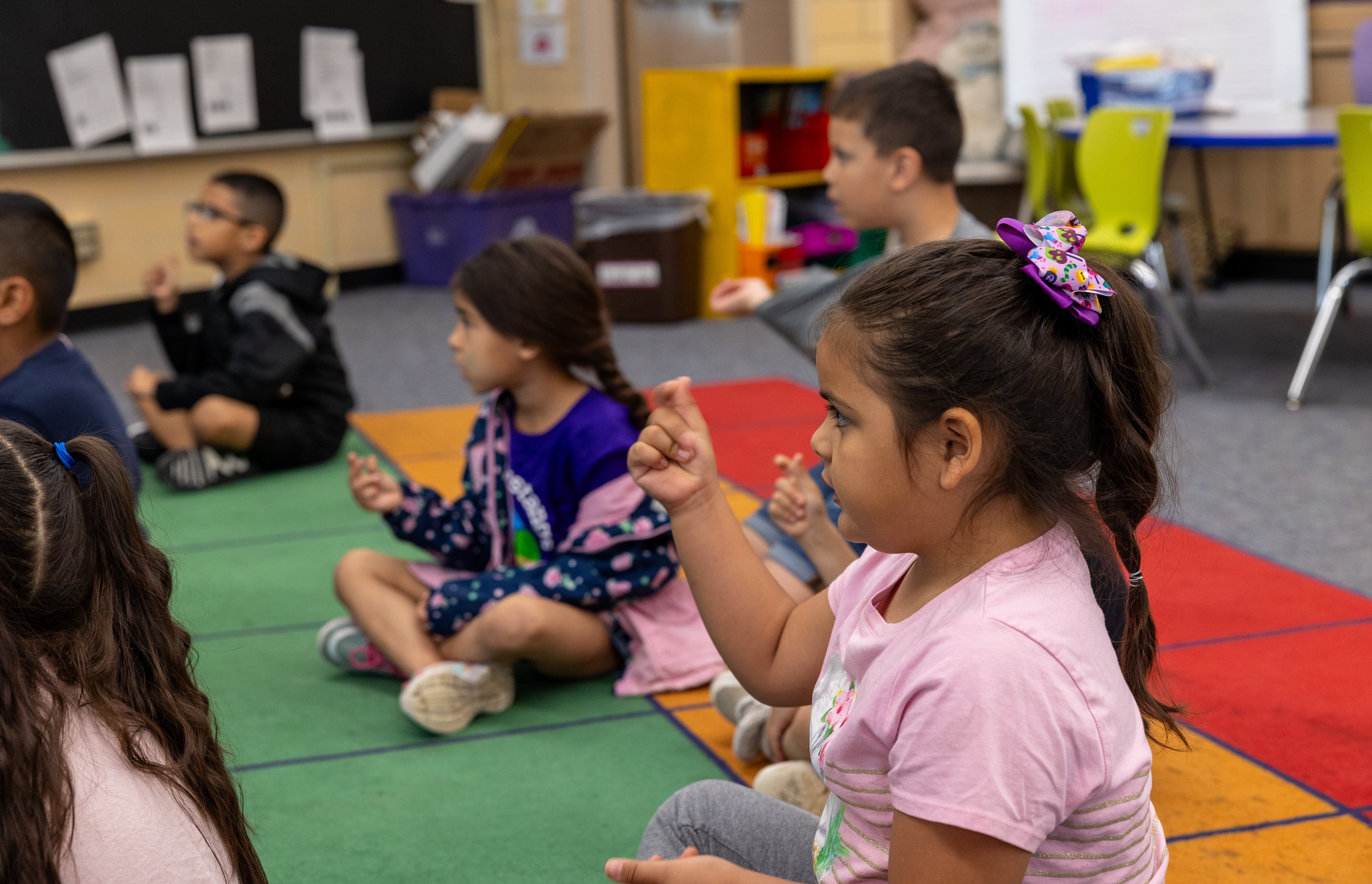Summer has always been an important time to keep young people learning and developing in healthy ways. But now that the public health crisis has forced schools across the nation to close for weeks, says the National Summer Learning Association, making the best possible use of the summer months should be at the top of the education agenda.
The association hosted an online event, “When Schools Close: Harnessing the Power of Summer for America’s Young People,” to draw attention to research about the importance of summer and to provide innovative examples of state and local efforts to keep kids learning, moving and creating this summer.
“We hope that this will lead to partnerships and people picking up the phone and emailing and reaching out to one another,” said Aaron Philip Dworkin, the chief executive officer of NSLA. “How can I work with you, how can I bring that resource and experience to the families and the kids I serve?”
Karl Alexander, a member of the National Academy of Sciences panel that produced the report Shaping Summer Experiences, said the “elevated risk” of food insecurity, learning loss and lack of enrichment activities for students who live in low-income neighborhoods is even more pronounced now.
“Three months away from school have stretched to six, with practically no time to plan,” Alexander said. “The pandemic has made the issues taken up by our report even more urgent and more challenging.” (The fall 2019 report was supported by The Wallace Foundation and the Robert Wood Johnson Foundation.)
Over the 90-minute event, which drew more than 900 registrants, panels of experts discussed the importance of summer and how everyone from policymakers to parents should think creatively to try to make the most of the time.
“One thing we know is when the story of this particular summer is told, and this school year is told, it will be a story of inequities,” said Tanji Reed Marshall, the director of P-12 practice at the Education Trust, a Washington-based advocacy group. “The naturally occurring disparities among groups will exacerbate.”
Marshall called for states and districts to spend money from the federal CARES Act, passed by Congress in late March to address the economic impact of COVID-19, for summer and extended learning.
Jillian Balow, the Wyoming state schools superintendent and the president of the board of the Council of Chief State School Officers, noted that while every state is different, “Our job is to look at summer learning opportunities and figure out how to leverage them. Removing barriers and being that influencer and broker and connector is a role all state chiefs play.”
Other panelists noted that summer programming has always been “fragmented” among various actors, all of which are now facing serious budget problems.
Erik Peterson, senior vice president for policy at the Afterschool Alliance, discussed the CARES Act and other funding sources that can be used to provide summer programming. Noting that the primary source of education funding is from states and localities, which face budget shortfalls, Peterson added that community-based organizations, parks and recreation departments, libraries, and nonprofit and fee-based programs are also struggling.
“There are a tremendous amount of challenges,” he said, “but the opportunity is there as well and it’s often in these kinds of challenges where everyone will come together to braid and blend resources in a way that hopefully provides quality summer learning for children.”
Engaging Curious Minds, a nonprofit in Charleston, S.C., that works with about 11,000 students in grades K-8 in six school districts, has already adapted its summer programming, said Executive Director Robin Berlinsky. The program’s focus is to teach science, technology, engineering and mathematics (STEM) concepts through the arts.
This summer, rather than visit school facilities, students will receive “create kits” every week (some hidden by teachers in a scavenger hunt) with arts materials. Campers will do both online and in-person activities. For instance, the group plans to work with partner organizations such as running clubs and cheer teams to have socially distant parades where students receive math challenges and “story starters” to write about, Berlinsky said.
That’s the type of innovation that’s needed to make summer 2020 work for students, said Dworkin.
“This is an all-hands-on-deck moment,” he said, “and it’s going to take partnerships between parents, programs, policymakers, the business community, nonprofits, the government sector, everyone trying to be as coordinated as possible and as seamless as possible to give kids the experiences they deserve.”



